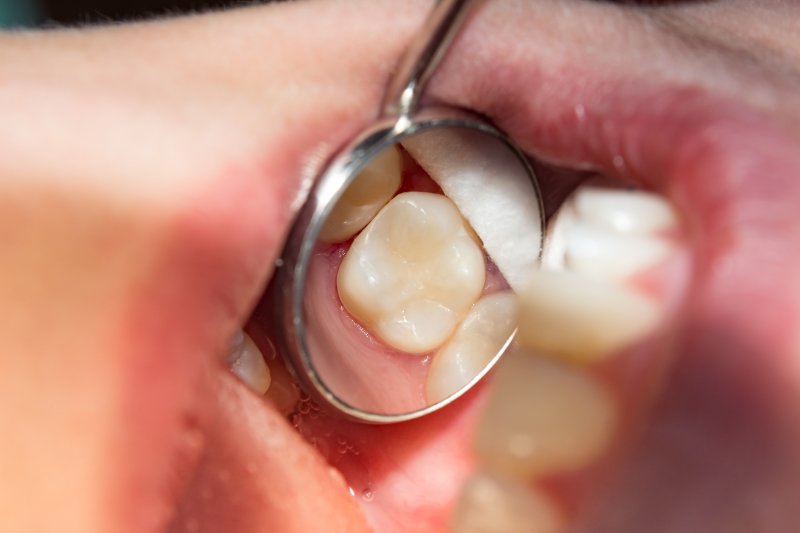
Dental cavities are the most common illness in the world, and they can lead to negative consequences such as tooth loss, the other teeth drifting out of alignment, and possibly even dangerous secondary infections like sepsis. Thankfully, dentists today can use fillings to eliminate tooth decay and repair the damage it causes. Here’s a brief guide to dental fillings, including how they work and how to tell if you need one.
Why Are Fillings Necessary?
The human mouth hosts many kinds of bacteria, and some of them can be dangerous for your dental health. As we eat and drink, food debris and sugary residue accumulate in our mouths, and harmful bacteria feed on these substances and produce acid as a byproduct. Acid erodes tooth enamel, making it more vulnerable to injury and infection. Once a cavity forms, it will not get better on its own and can only be stopped with professional treatment.
To remedy this issue, a dentist will remove the infected material from the tooth before filling the empty space with a small amount of tooth-colored composite resin that bonds readily with the existing enamel. This creates a lifelike and sturdy restoration that can keep a damaged tooth healthy and strong for many years to come.
Do I Need a Filling?
If a tooth has become damaged by decay, it may show signs like:
- Sensitivity to touch, temperature shifts, or sweet, spicy, or sour foods or beverages
- Pain when chewing or biting
- A dark hole in the tooth that can be seen or felt
- Floss keeps tearing between two teeth in particular
- Food is frequently caught between certain teeth
- The tooth feeling rough
- A previous filling falling out
If you find that you have any of these symptoms, it’s a great idea to call your dentist to schedule an appointment.
How Are Fillings Placed?
Placing a filling begins with administering an appropriate anesthetic treatment to render the process completely painless. After that, your dentist will remove the infected tissue from the tooth, sanitize the area, and fill the empty space with a small amount of composite resin that mimics the appearance, strength, and texture of real teeth. After your dentist hardens the restoration with a specialized light and makes any final adjustments, your tooth will be ready to go, and with excellent oral hygiene, your filling may last for ten years or much longer.
A dental filling can be an excellent way to restore the health, strength, and appearance of your tooth. After a brief consultation, your dentist will be able to tell you if this treatment is the best way to repair your smile.
About the Author
Dr. Garry C. Phillips earned his dental degree at the University of Texas Health Science Center at San Antonio and completes more than twelve hours of advanced continuing education courses every year. He is also proud to be a member of the American Dental Association, the Texas Dental Association, and the Dallas County Dental Association. His office in Frisco offers general, cosmetic, emergency, and restorative dentistry such as dental fillings. If you are concerned that you might need a filling, contact his office online or dial (972) 712-0500.
